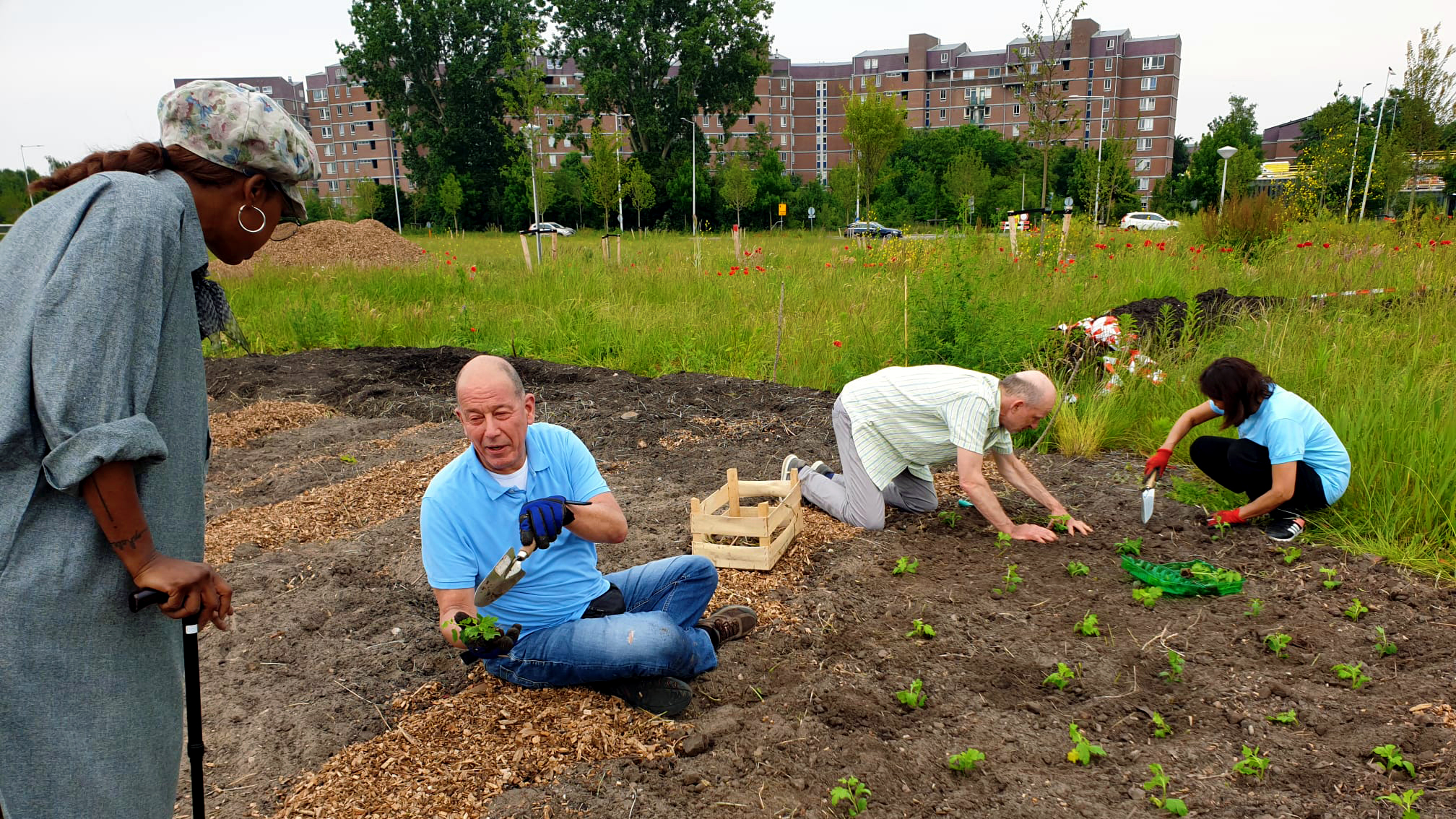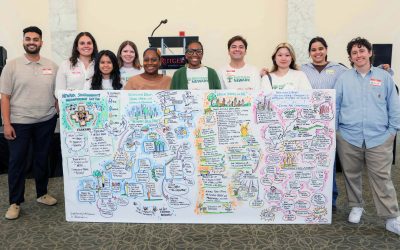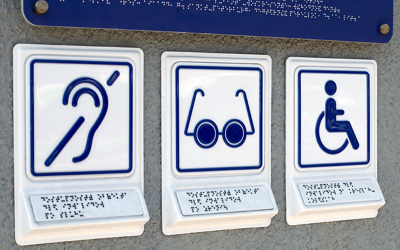Friction is everywhere in life. Friction in partnerships are no exception, especially when it comes to local governments.
This is not a bad thing. In fact, friction – the dynamic that arises from competing priorities, differing expectations, or variations in resources – creates meaningful opportunities for local governments to drive public innovation through partnerships.
This is evident in how cities design and develop inclusive public spaces, which requires collaboration to meet the diverse needs of a community or city.
Effective partnerships are essential to the innovation work needed to build and maintain equitable and inspiring public spaces, and successful partnerships turn friction into a force for innovation when guided by four core capabilities: navigation, convening, experimentation, and codification. These capabilities, explored in depth in my research brief Innovation Through Partnerships: Four Capabilities for Local Governments, offer a practical model for leveraging friction as a driver of creativity, collaboration, and innovation.
Friction is a Catalyst for Public Innovation
During my time as a Bloomberg Public Innovation Fellow at the Bloomberg Center for Public Innovation at Johns Hopkins University from 2022 to 2024, my research examined how local governments advanced effective partnerships to foster collaboration. In my research, the four capabilities emerged as critical for advancing the development of inclusive and valued public spaces, providing a “how to” guide for effective partnerships:
- Navigation enables local governments to enter partnerships with confidence, understand the root causes of friction, and assess their need for collaboration.
- Convening ensures sufficient stakeholder buy-in and helps identify the resources and actors available for advancing a shared agenda.
- Experimentation is an adaptive learning process that builds evidence and appetite for systems change.
- Codification sustains lessons learned into institutionalized practices.
For example, in Amsterdam’s multicultural, vibrant, and historically underserved Zuidoost borough, the City of Amsterdam and the Amsterdam Public Library (Openbare Bibliotheek Amsterdam, or OBA) understood the reasons for friction around the OBA Next library project and seized the opportunity to close equity gaps.
OBA Next, a “library of the future” made “for and by Amsterdammers,” scheduled to open in a temporary pavilion in 2025 and be completed in 2031, is developed through pop-ups, partnerships, and co-governance. Its partnerships range from young people running its marketing to a public-private partnership for a world-class digital academy. Based on experimentation and convening with residents and stakeholders, the city placed young people’s opportunities at the core of the design for a new public space and codified their commitment to equity through its symbolic location.
In Zuidoost, innovative partnerships harnessed friction to transform into an opportunity for deeper engagement with neighbors, enhanced public value, and superb public spaces.
Examples from Amsterdam in Innovation Through Partnerships: Four Capabilities for Local Governments, show that friction is an ally in creating more adaptive, responsive, and democratic local governments and public spaces. Case studies that will be published by the Bloomberg Center for Public Innovation at Johns Hopkins University in 2025 further examine the four partnership capabilities in innovation work in Fortaleza, Brazil; Philadelphia, PA, USA; Los Angeles, CA, USA; and Mecklenburg County, NC, USA. If governments invest in the capabilities of navigation, convening, experimentation, and codification, they can create a culture in which staff feel skilled, supported, and rewarded for embracing friction.
A branch library manager at Calgary Public Library framed the opportunity well: “I used to think friction between different users and their needs was a challenge that we had to overcome even though there seemed to be no viable solutions. Now I think that a certain amount of friction between users and user groups is not only expected but an indicator that we are doing something right.”
Access the full brief from the Bloomberg Center for Public Innovation at Johns Hopkins University, and join the journey to embrace the friction that drives meaningful public innovation:




